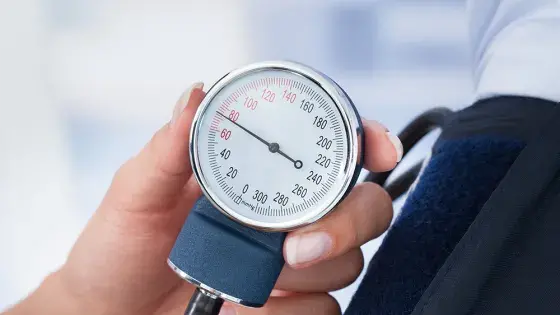Cholesterol is a fatty substance found in your blood. Your body needs some cholesterol to make hormones, vitamin D and substances that help you to digest foods.
Understanding your cholesterol
A cholesterol test is carried out through a blood sample and will provide a full “lipid profile”. In other words, it will measure the levels of all the different blood fats: total cholesterol, LDL- cholesterol, HDL- cholesterol and triglyceride concentration.
What is the difference between these blood fats?
- HDL cholesterol can be thought of as the “good” cholesterol. It carries the LDL (bad) cholesterol away from the arteries and back to the liver, where the LDL is broken down and passed from the body.
- LDL cholesterol is considered the “bad” cholesterol, because it contributes to fatty build-ups in arteries.
- Triglycerides are the most common type of fat in the body. They store excess energy from your diet. A high triglyceride level combined with high LDL (bad) cholesterol or low HDL (good) cholesterol is linked with fatty build-ups within the artery walls.
- Total blood cholesterol includes your HDL, LDL and 20 percent of your total triglycerides.
A healthy balanced diet, being physically active, stopping smoking and keeping a healthy weight and shape can all help to lower your cholesterol.
Cholesterol in food
Your body makes all the cholesterol it needs; however, it is also found in some of the foods you eat.
A small amount of fat is an essential part of a healthy balanced diet. However, eating too much saturated fat is linked to high cholesterol, which can lead to cardiovascular disease. Exercise helps increase levels of HDL and watching what you eat also helps.
To help lower your cholesterol, you can make some healthy swaps, cutting down on foods high in saturated fat and replacing them with unsaturated fats.
- Monounsaturated foods: Have these in small amounts to maintain healthy cholesterol levels – examples include avocadoes, olives, oils and fats, nuts (cashew, hazel, peanuts).
- Polyunsaturated foods: Have these in small amounts to maintain healthy cholesterol levels – examples include fish, oils and fats, nuts and seeds.
- Saturated fats: swap these out for unsaturated fats, avoiding (or minimising) foods such as processed meats, hard cheeses, whole milk, cream, butter and lard.
- Trans fats: avoid these wherever possible, such as foods that are fried, fast-food and takeaways, hard margarines and unhealthy snacks such as sugary biscuits.
Lifestyle changes
If you have high cholesterol, there are lifestyle changes that can be made alongside a healthy, balanced diet to help reduce it:
- stopping smoking, if you smoke
- exercising regularly
- reducing stress
- maintaining a moderate weight
If you have high cholesterol and you take steps to reduce it, your risk of heart disease and stroke will most likely decrease. Lifestyle changes that help reduce cholesterol also support your overall health.
References:

